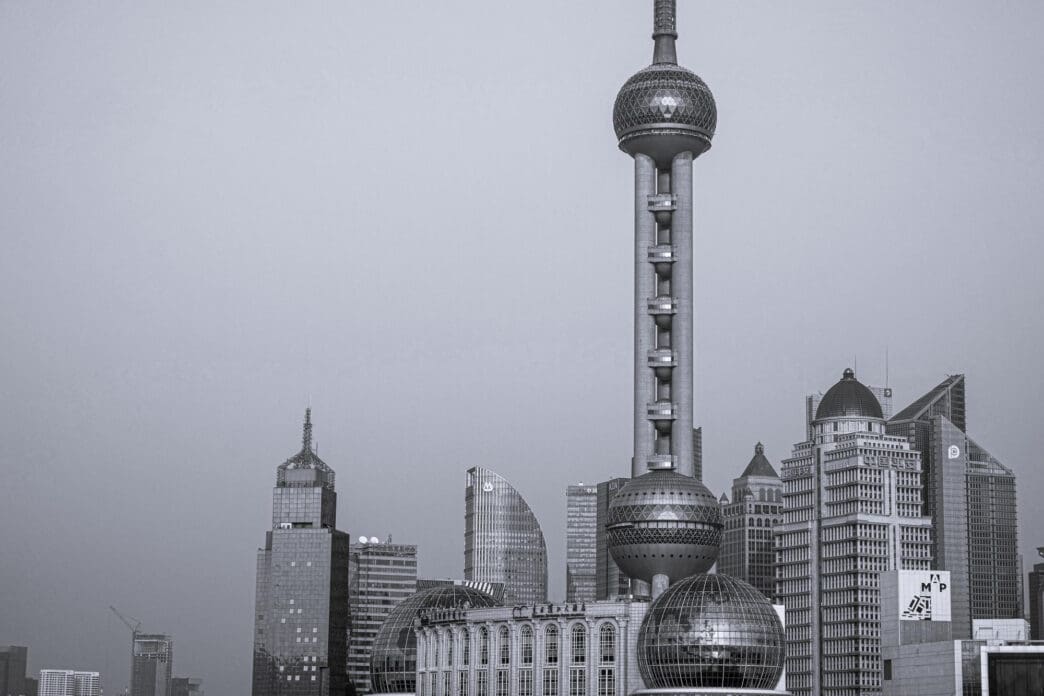Executive Summary
The Story So Far
Why This Matters
Who Thinks What?
An opinion piece argues that external critics are overlooking the foundational strengths underpinning China’s economic transition, despite current short-term challenges like a cooling property market. The commentary suggests that China’s shift from the 14th to the 15th five-year plan is characterized by a “synergistic effect” of infrastructure, human capital, technology, and a commitment to green initiatives, forming a resilient base for future growth.
Economic Transition and Underlying Strengths
The author of the opinion piece contends that while a cooling property market and associated lower growth rates often dominate external discussions, these issues obscure a more significant narrative. According to the commentary, China’s economic backbone is strengthened by the interplay of key sectors, fostering a wave of sustainable and quality development.
This perspective highlights China’s cultivation of a more diversified economy, moving towards a well-rounded system. The piece suggests that these interlocking strengths are crucial for understanding the nation’s long-term economic trajectory.
Technological Advancement and Innovation
A central argument in the opinion piece points to China’s rapid advancement in scientific research and its ability to commercialize ideas. The commentary notes that China, which once lagged in advanced science, is now a global leader, producing 33.8 percent of the world’s highly cited scientific papers as of mid-2024.
Furthermore, the piece cites data from the Australian Strategic Policy Institute, indicating China’s leadership in 57 out of 64 key technologies, including artificial intelligence, high-performance computing, and renewable energy. The Chinese Academy of Sciences is also highlighted as the world’s most productive research institution, with its breakthroughs reportedly driving commercial applications.
Key Takeaways
The opinion piece posits that China’s economic transition is characterized by significant underlying strengths in technology, human capital, infrastructure, and green initiatives, which are seen as critical for sustainable development. It suggests that these factors provide a robust foundation that is often underappreciated amidst short-term economic analyses.








